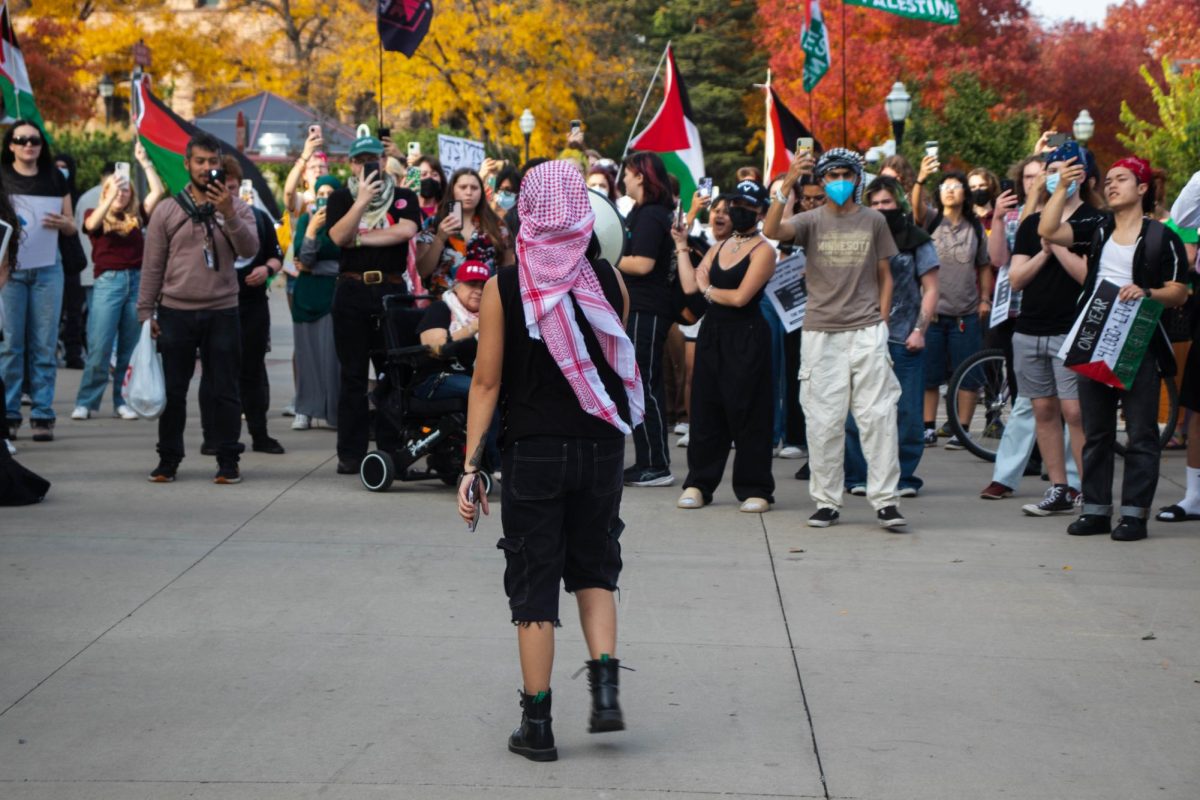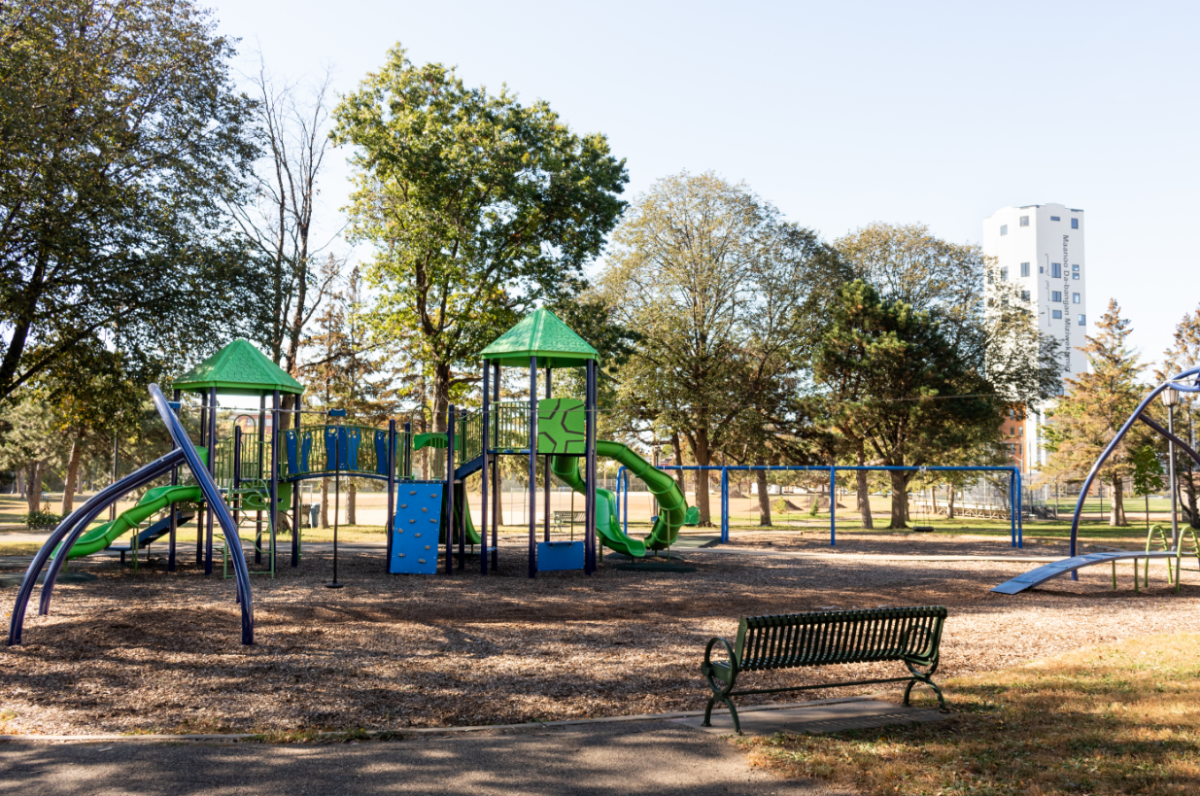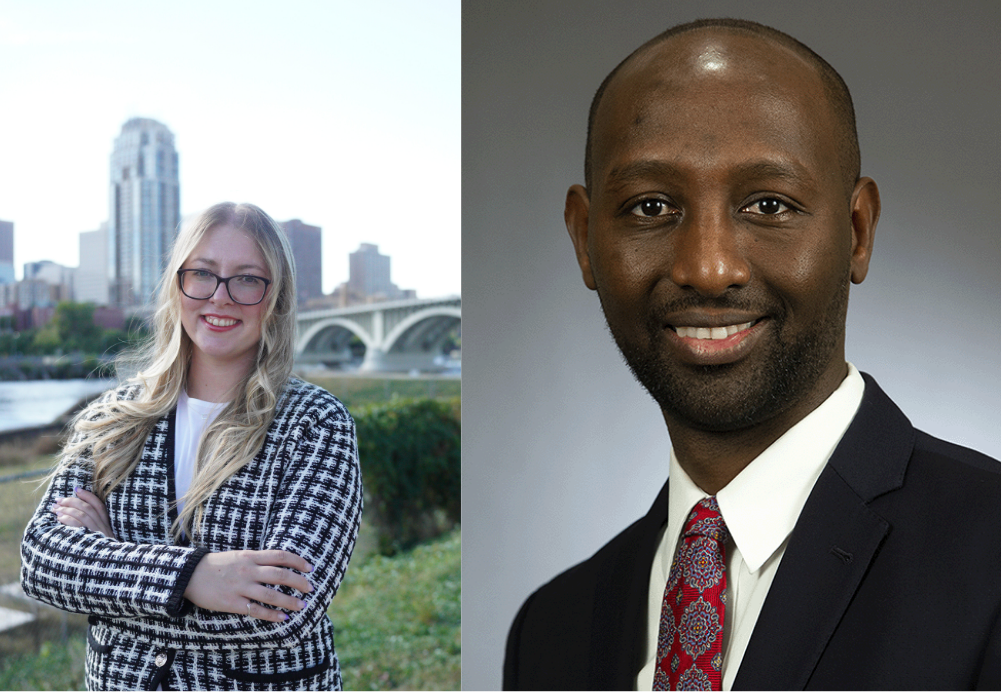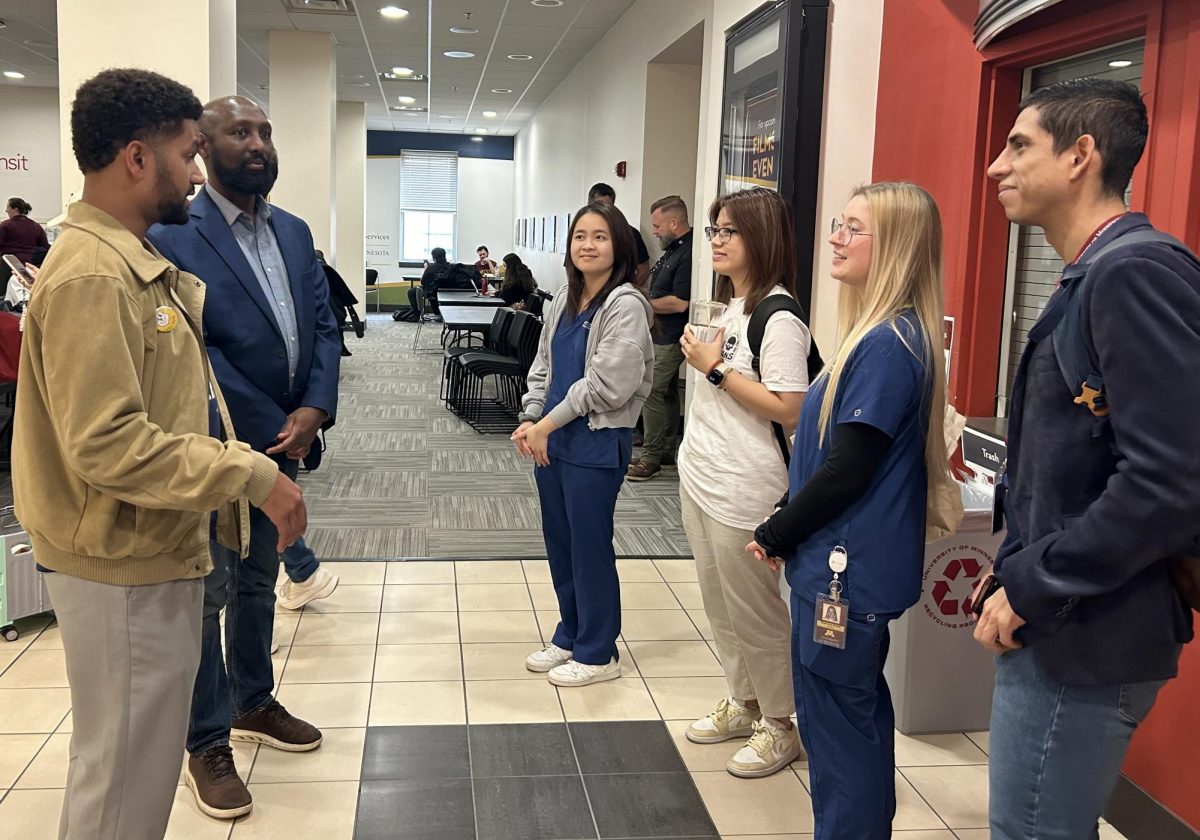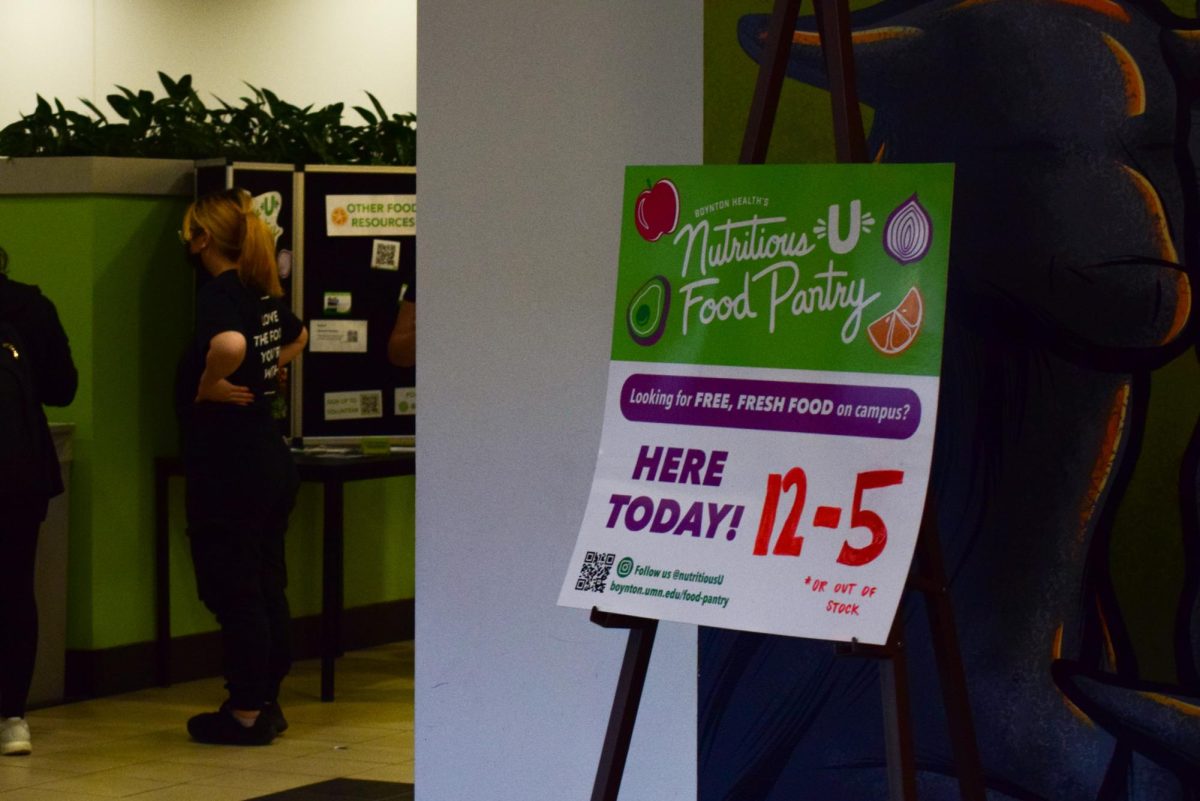More than a year after the U.S. Supreme Court overruled Roe v. Wade, Minnesota has become a refuge for people seeking access to abortions.
The Court ruled in June 2022 the Constitution does not provide rights to abortion access in Dobbs v. Jackson Women’s Health Organization, leaving abortion access a state decision.
Minnesota has since become a safe haven for legal abortions in the upper Midwest. Every state surrounding Minnesota – North Dakota, South Dakota, Wisconsin and Iowa – has restricted or eliminated abortion access since Roe’s overturn.
UnRestrict Minnesota is a pro-choice campaign working to expand, protect and destigmatize reproductive care. Abena Abraham, UnRestrict Minnesota’s campaign director, said since Roe’s overturn, their outreach efforts have increased to explain what these court rulings mean to the average citizen.
“Helping people understand the power and how it works is a really good motivational tool,” Abraham said.
She added expanding the power connections and dynamic of political policy tends to motivate people to continue their fight now that they understand the political system.
The organization has prepared for Roe’s overturn for years and many people were not surprised at the result of the Dobbs decision, according to Abraham. This allowed them to prepare and plan a roadmap agenda for themselves and the community to continue advocating for abortion access.
“It allowed us to be less reactionary and more proactive when getting ready for this movement,” Abraham said.
Minnesota has become a beacon of hope for people seeking abortions, Abraham said. The 1995 Minnesota Supreme Court case Doe v. Gomez protected the right to terminate a pregnancy.
Additionally, in January, Gov. Tim Walz signed the Protect Reproductive Options Act (PRO Act) into law, establishing every individual has the right to health care including abortions, birth control, sterilization and other reproductive services.
Kathryn Pearson is a professor at the University of Minnesota researching what led up to the Dobbs decision. According to Pearson, Minnesota’s response to expanding abortion access in the state was influenced by neighboring states implementing restrictions.
“States are looking to one another to see what legislation they’re passing and many states are copying one another if it’s a policy their party supports,” Pearson said.
Differing state legislation across the country further highlights various beliefs on abortion beyond politicians, Pearson said. State leaders do not only look at the people they represent, but also at their neighboring states.
More than other factors like gender or age, partisanship explains why there is frequent and widespread variation in legislation about abortion rights, according to University political science professor Daniel Myers.
“It has less to do with state-by-state differences and more with the balance in partisanship,” Myers said.
The 2022 midterm election results gave Minnesota’s Democratic-Farmer-Labor party its first trifecta in nearly a decade, leading to abortion protections being passed without Republican support. In contrast, Iowa, North Dakota and South Dakota all have Republican trifectas.
“There is a willingness to take advantage of any small margin of power they have to take over state legislatures,” Myers said.
Myers added Minnesota’s abortion response could have been drastically different without the trifecta.
As Minnesota and other states continue to pass abortion policies, changes are not likely at the federal level anytime soon, Pearson said. Changes to expand or restrict abortion access through lawmaking would require a 60-vote majority in the Senate.
“It could go either way,” Pearson said. “I don’t think it’s likely that either party will have a 60-vote majority anytime soon.”



